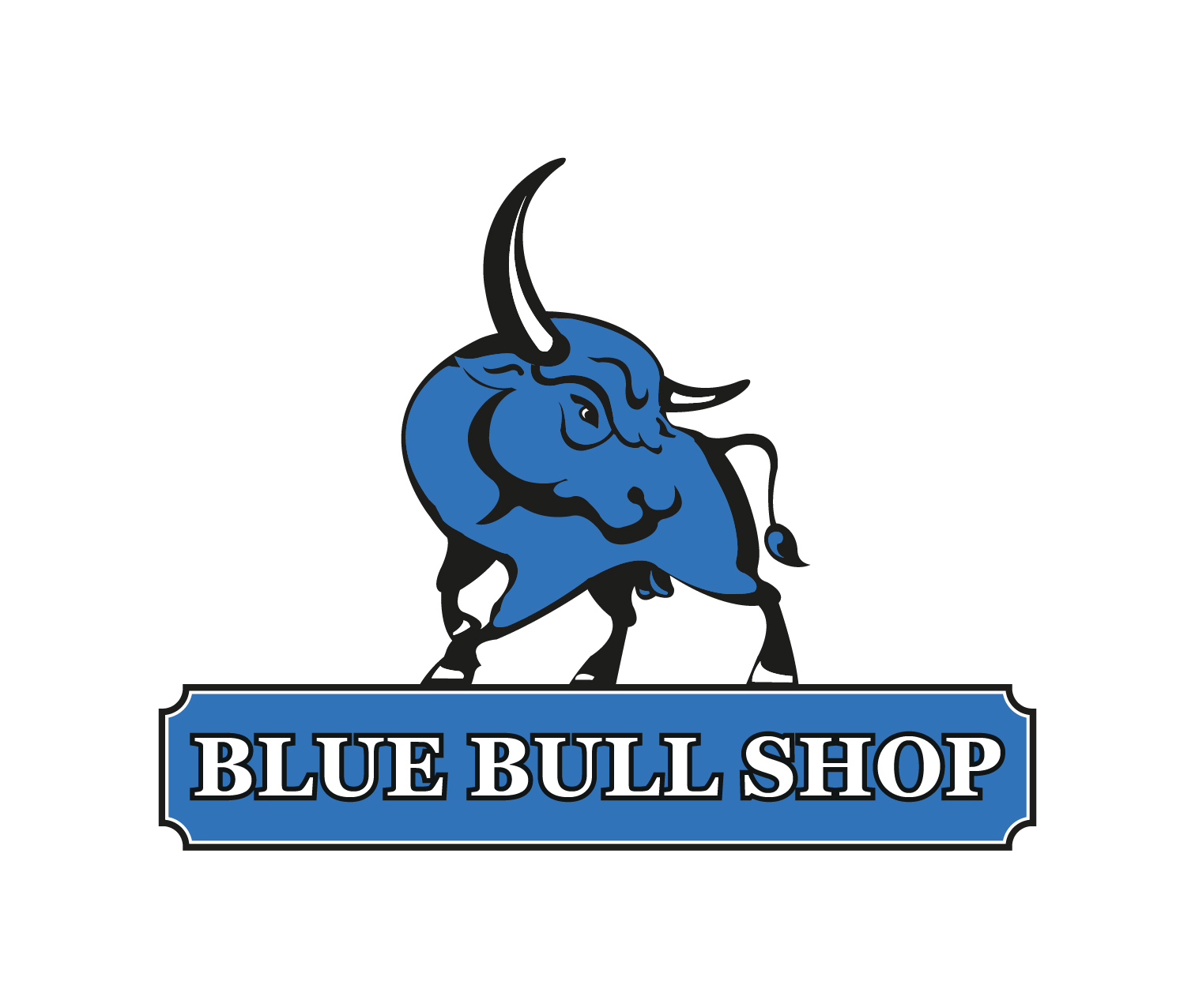A Hearty Culinary Controversy
The Cumberland sausage, a beloved British delicacy, has sparked a lively debate among food enthusiasts. At the heart of this gastronomic dispute lies a seemingly simple question: Should Cumberland sausages be served in links or coils? Let’s delve into this iconic sausage’s rich history, flavours, and cultural significance to unravel the mystery.
Origins and Traditions
Cumberland sausage traces its roots back over 500 years to the historic county of Cumberland (now part of Cumbria), England.
This pork-based delight is renowned for its distinctive characteristics:
Length: Traditionally, Cumberland sausages were impressively long—up to 50 centimetres (20 inches). These lengthy coils were rolled into a flat, circular shape, creating a visual spectacle.
Texture: Unlike finely ground sausages, Cumberland sausages are chopped, resulting in a chunky texture. The meat retains its hearty integrity, making each bite a flavorful experience.
Flavour Profile: Pepper, both black and white, dominates the flavour profile. Other spices and herbs play supporting roles, but the bold pepper notes set it apart from herb-dominated sausages like the Lincolnshire variety.
No Additives: Traditionally, no artificial colourings or preservatives were added. Simplicity and natural ingredients were the order of the day.
The Shape Dilemma
Coils: Tradition and Aesthetics
Coiled Presentation: In western Cumbria, Cumberland sausages are still often served in their classic coiled form. The circular arrangement pays homage to tradition and adds visual appeal to the plate.
Symbolic Significance: The coil symbolizes continuity, community, and the passage of time. It’s a nod to the region’s culinary heritage.
Links: Convenience and Modernization
Mass Production: As the popularity of Cumberland sausages grew, large-scale producers entered the scene. They sacrificed tradition for convenience, creating thinner links rather than continuous coils.
Lower Meat Content: Some commercial versions contain as little as 45% meat, compromising the original quality.
At the Blue Bull Shop, I make them with no less than 85% meat, with the rest made up of authentic rusk, spices and a bit of water.
The Battle for Authenticity
Protected Geographical Indication (PGI): In 2011, the European Union granted “Traditional Cumberland Sausage” PGI status. The criteria include high meat content, coiled presentation, wider diameter, and a rough-cut texture. The association insists that authentic Cumberland sausages must be prepared in Cumbria itself1.
Conclusion
Whether you prefer your Cumberland sausage in links or coils, one thing remains certain: its robust flavour and historical significance continue to tantalize taste buds across the UK. So, the next time you savour this culinary gem, raise your fork and join the great debate—one delicious bite at a time!
